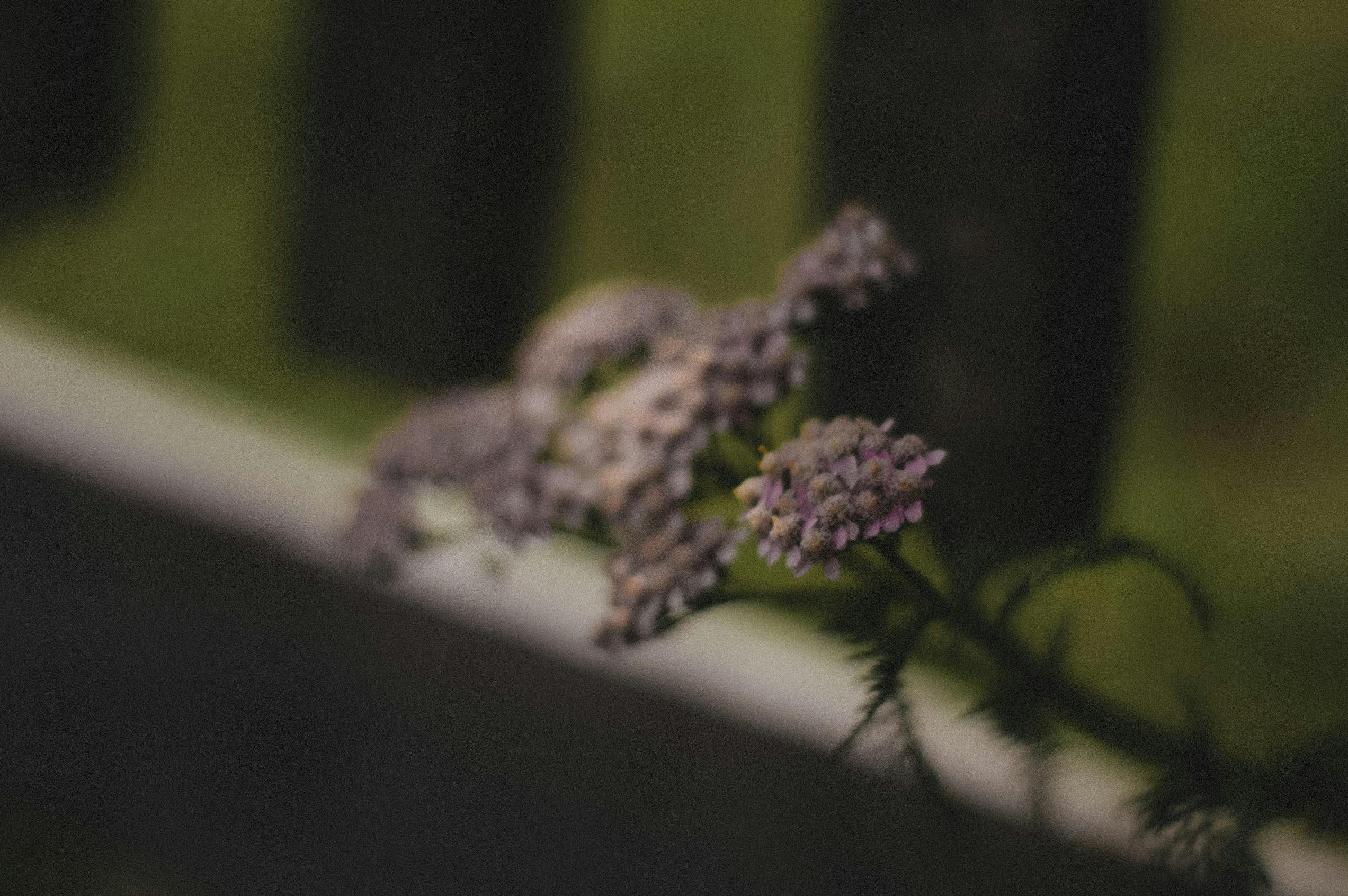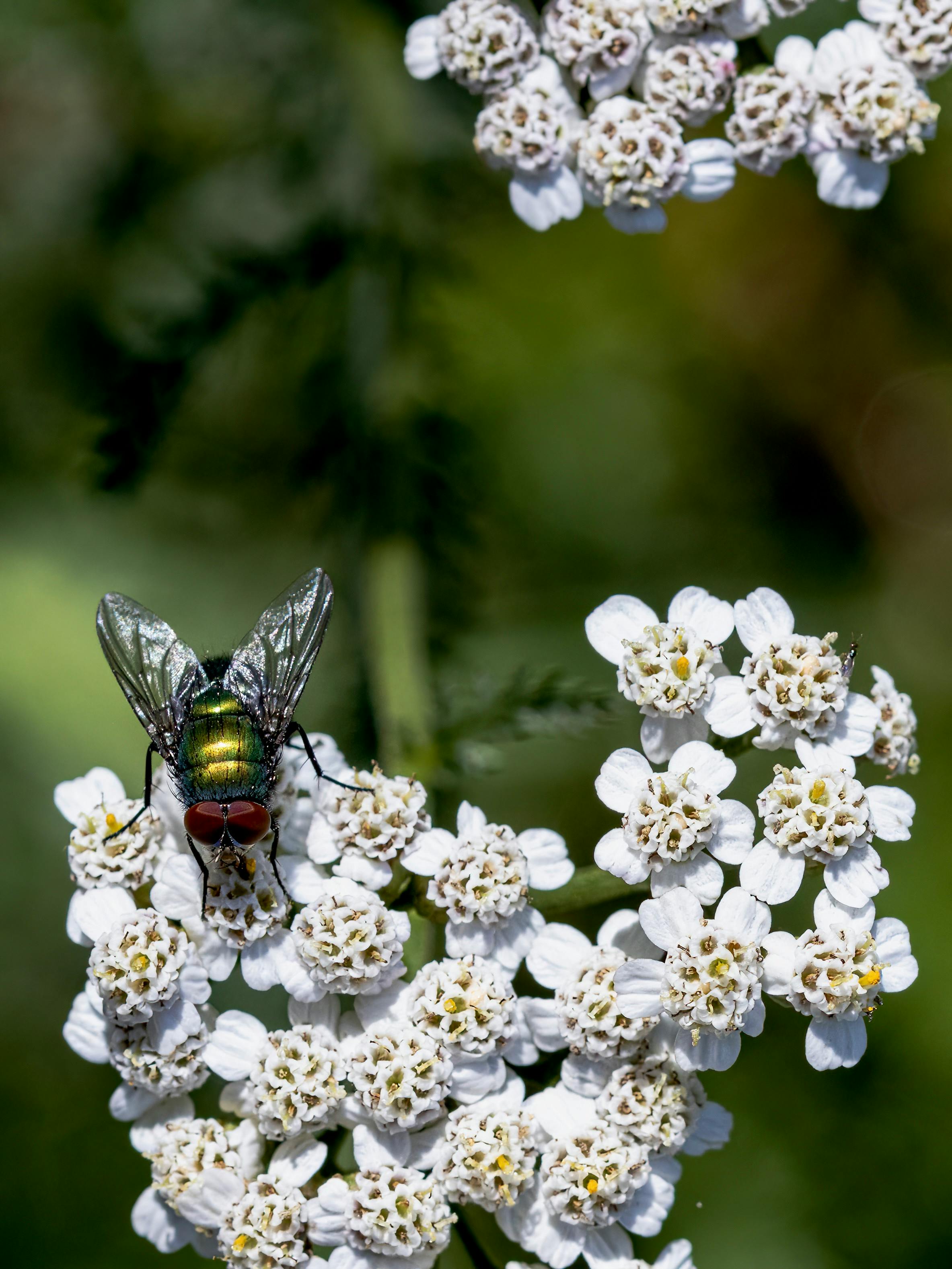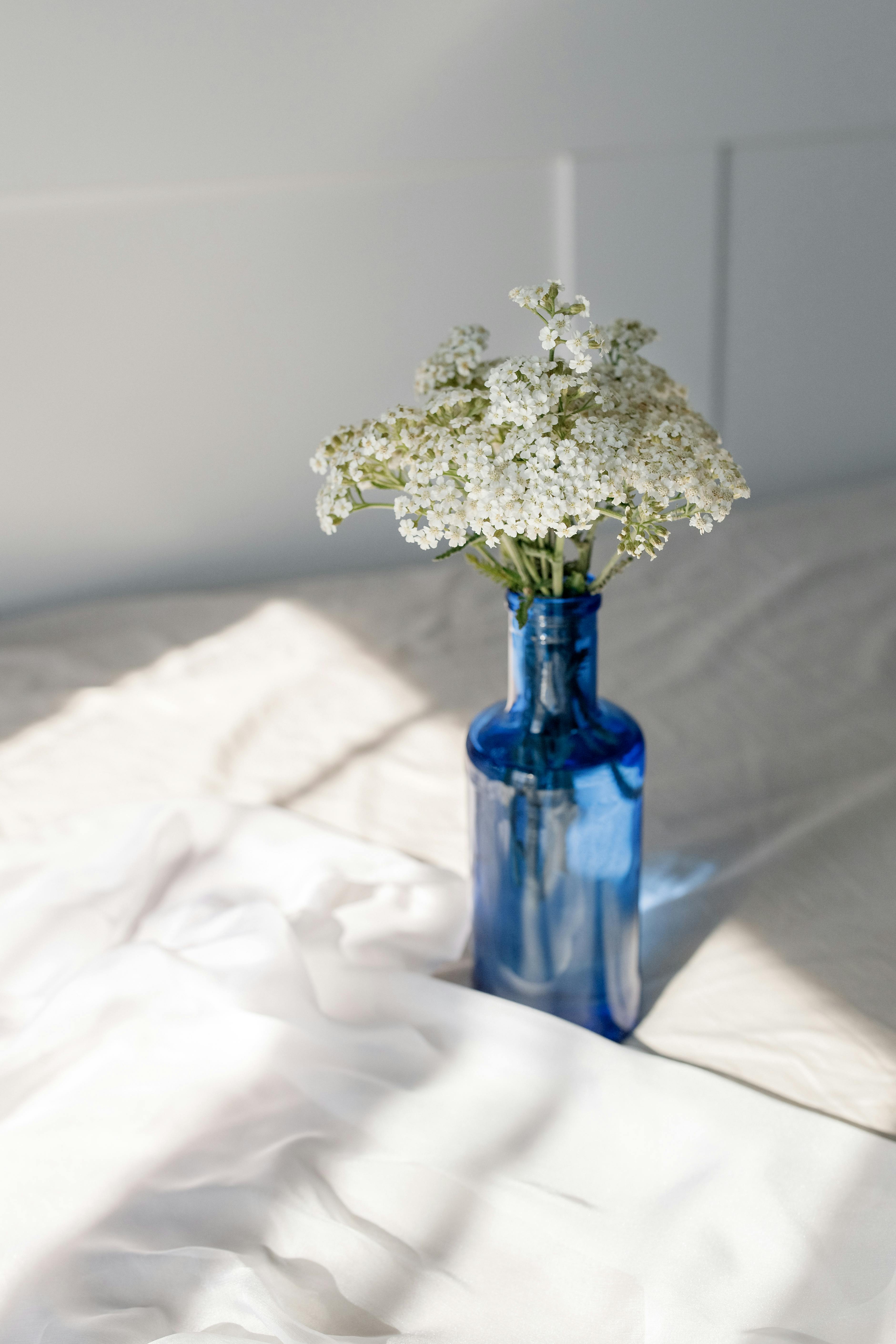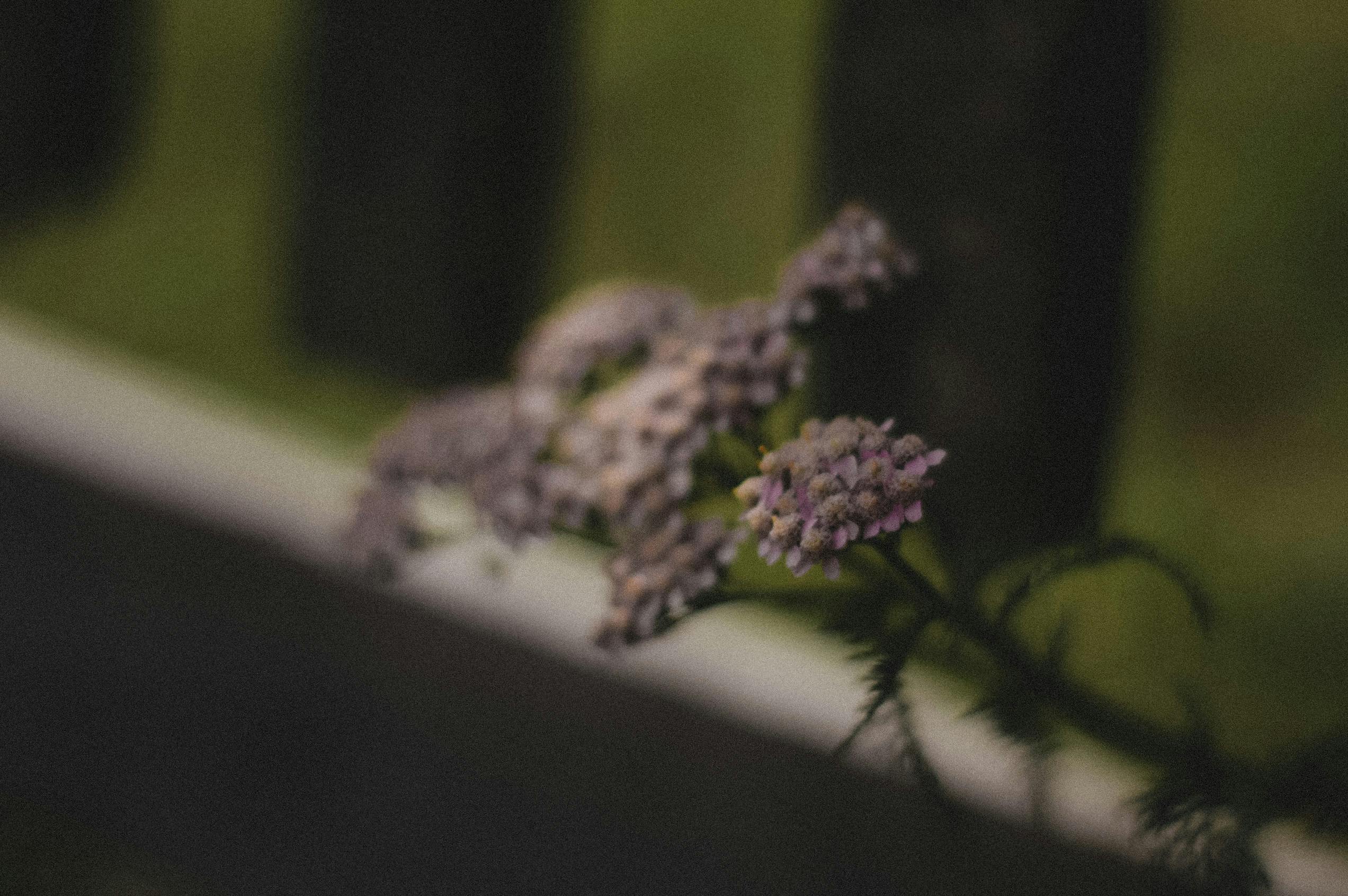Growing Achillea Millefolium Salmon Beauty: A Complete Guide
Known for its graceful blooms and hardy nature, achillea millefolium salmon beauty is a beloved perennial among gardeners and landscapers alike. As interest in sustainable gardening and pollinator-friendly landscapes continues to rise, this plant offers both aesthetic value and ecological benefits. In this guide, we’ll explore everything from the plant’s background to advanced growing techniques that will help you make the most of your garden space.

Understanding the Fundamentals
Achillea millefolium, commonly known as yarrow, is a hardy, drought-tolerant flowering plant with a history rooted in both ornamental and medicinal use. The “salmon beauty” cultivar is prized for its soft pastel-pink to salmon-colored blooms, making it a popular choice for cottage gardens, pollinator habitats, and cut flower arrangements.
Understanding its characteristics and care requirements is essential to success. This perennial is more than just beautiful—it’s a powerful tool for eco-friendly and low-maintenance landscaping.
1.1 Botanical Profile and Historical Relevance
Native to the Northern Hemisphere, achillea millefolium salmon beauty thrives in temperate climates. It has been cultivated for centuries due to its medicinal properties—traditionally used to treat wounds and inflammation. The plant’s genus name, Achillea, is a nod to the mythical warrior Achilles, who supposedly used it on the battlefield.
Today, its value extends beyond folklore. Gardeners appreciate it for its lengthy bloom period, ranging from late spring to early fall, and its ability to attract bees, butterflies, and other beneficial insects.
1.2 Key Differentiators of Salmon Beauty
While many yarrow varieties exist, the salmon beauty yarrow stands out due to its uniquely colored blooms and compact growth habit. Unlike more invasive cultivars, this variety tends to stay manageable in size, making it ideal for smaller gardens or container planting.
Its color transitions from bright salmon pink to a faded pastel, offering seasonal interest and contrast when paired with other perennials like lavender and coreopsis.
Practical Implementation Guide
Now that you’re familiar with the plant’s background, it’s time to roll up your sleeves. Cultivating achillea millefolium salmon beauty is straightforward, provided you follow some key practices. Let’s break down the process for planting, nurturing, and maintaining these hardy blooms.

2.1 Actionable Steps
- Site Selection: Choose a location with full sun exposure and well-draining soil. Avoid low-lying areas prone to waterlogging.
- Soil Preparation: Amend heavy clay soils with compost or sand to improve drainage. Ideal soil pH is between 5.5 and 7.0.
- Planting: Sow seeds or transplant seedlings in early spring. Space them about 18–24 inches apart to allow airflow and prevent mildew.
2.2 Overcoming Challenges
Common obstacles include:
- Powdery mildew: Prevent by ensuring good air circulation and avoiding overhead watering.
- Overwatering: This plant is drought-tolerant—too much water leads to root rot.
- Invasive spreading: Divide plants every 2-3 years to keep growth controlled.
- Weak blooming: Ensure sufficient sunlight and avoid excess nitrogen fertilizers.
Expert tip: Deadheading spent flowers encourages continuous blooming and tidier plant appearance.
Advanced Applications
Once you’ve mastered the basics, there’s more you can do with achillea millefolium salmon beauty. From designing themed gardens to leveraging companion planting strategies, advanced gardeners can find new ways to innovate and integrate this perennial into their landscapes.

3.1 Companion Planting and Design Strategy
This yarrow variety works excellently in xeriscaping and pollinator gardens. Pair it with ornamental grasses, sedums, and lavender to create a layered visual effect. Its upright, feathery foliage also provides textural contrast in mixed borders.
Case studies show that using yarrow in wildflower meadows can boost pollinator diversity by up to 35%, making it a staple in ecological landscaping.
3.2 Integration in Permaculture Systems
Achillea millefolium salmon beauty is valued in permaculture designs for its soil-repairing roots and its ability to repel pests like aphids. It’s compatible with herbs like thyme and rosemary, creating a mutually beneficial microclimate.
Ensure spacing is maintained to prevent competition and encourage full growth. Consider pairing with nitrogen-fixers for optimal nutrient cycles.
Future Outlook
The rise of climate-resilient gardening has spotlighted drought-tolerant perennials like salmon beauty yarrow. Expect to see more cultivars in similar pastel shades hitting the market, thanks to increasing consumer demand for soft-color palettes in eco-friendly gardens.
Experts project a 20% increase in the use of achillea millefolium varieties in public spaces and sustainable developments by 2030. Staying ahead by integrating these trends will keep your garden both stylish and practical.
Conclusion
Achillea millefolium salmon beauty offers a rare blend of elegance, resilience, and ecological value. Its minimal upkeep, long bloom season, and unique coloration make it a standout perennial for modern gardens. Whether you’re a beginner or seasoned gardener, this plant can elevate your landscape strategy.
Start by assessing your garden’s layout and conditions, then follow our implementation guide to enjoy vibrant salmon-hued blooms all season long. Consider trying advanced techniques to push your garden’s visual and ecological performance even further.
Frequently Asked Questions
- Q: What is achillea millefolium salmon beauty? A hardy, perennial flowering plant known for its salmon-colored blooms and drought tolerance.
- Q: How do I start growing it? Begin by planting in well-drained soil under full sun, preferably in early spring using seeds or seedlings.
- Q: How long does it take to bloom? Typically 60–90 days after planting, with full bloom achieved in early summer.
- Q: Is it expensive to grow? Not at all—seeds are affordable, and the plant requires minimal maintenance and resources.
- Q: How does it compare to other perennials? It’s more drought-resistant and blooms longer than many alternatives like daisies or marigolds.
- Q: Is it difficult to maintain? Very easy—just ensure proper spacing and deadhead blooms to extend flowering.
- Q: Can it be used in professional landscapes? Yes, it’s ideal for commercial xeriscaping, pollinator gardens, and medicinal plant installations.
